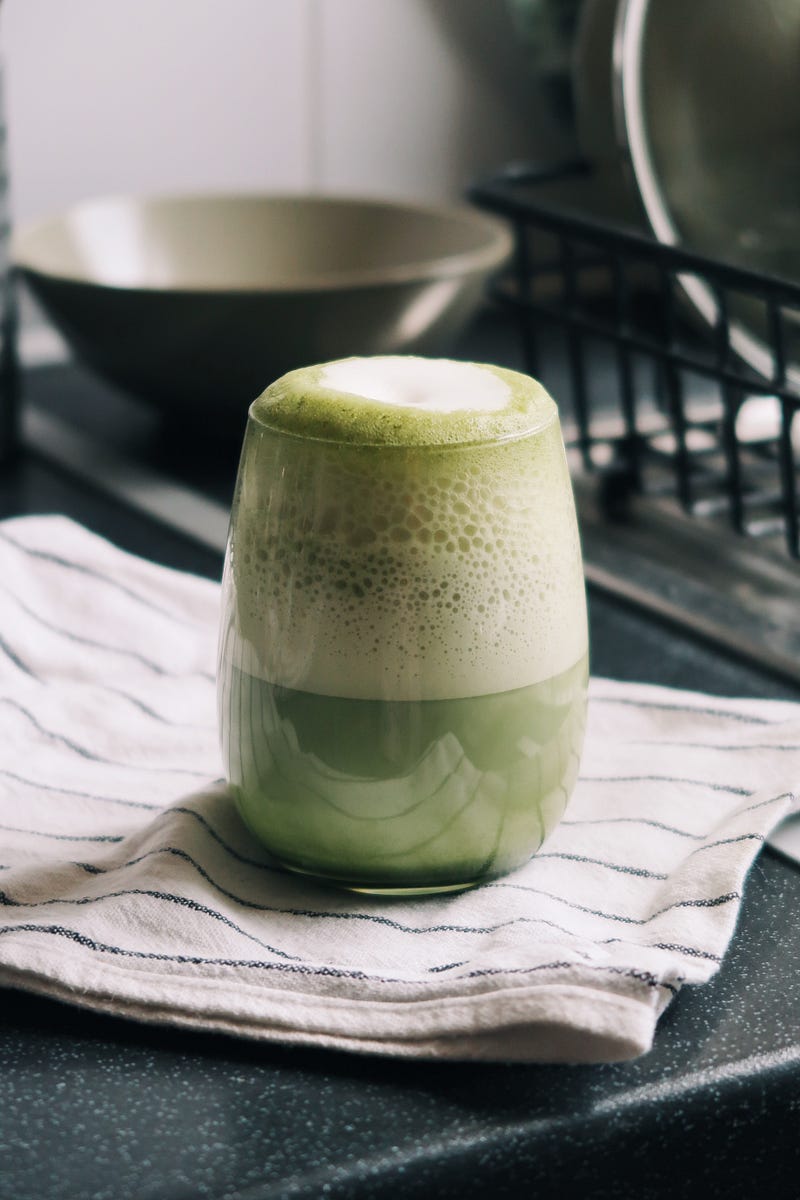Fun facts and health benefits of matcha
Matcha, which is considered the healthiest of its kind, is a specific type of green tea. It comes from the Camellia Sinensis plant. You might have heard of matcha powder; well, that simply is powdered green tea leaves.

Visit activeplantbased for professional help and plant-based nutrition training.
Matcha powder
Matcha is a finely ground powder made from high-quality green tea leaves. Unlike other green teas, matcha is grown in the shade for increased chlorophyll content and thus produces a vibrant green colour.
It contains a unique set of antioxidants, which can help support a healthy lifestyle, increase energy levels, and even boost your mood. Matcha is perfect for making delicious lattes and smoothies or enjoyed on its own.
Health properties
Matcha is a different assortment of green tea; therefore, most of its health aspects are the same as those of green tea.
A study on matcha tea concluded that Japanese Green Matcha contains about 10 times more antioxidants than most standard green tea.
It is excellent for immune system support. Studies suggest that matcha has the potential to improve immunity and may help protect against viruses, such as the common cold and flu.
Catechin (a specific antioxidant), which is found in large amounts in matcha, can help reduce the chance of cells being infected by pathogens and therefore keep you healthier.
One serving of matcha, which is 1–2 teaspoons of matcha powder, offers about 10% of the recommended Vitamin C intake. But matcha has so much more to offer.
- Vitamin C
- Vitamin E
- 4 of the B-complex vitamins (B1, B2, B4, B6)
- Vitamin A
- Manganese
- Magnesium
- Potassium
- Calcium
- Zinc
- Other minerals
Another study states that matcha may protect the heart and improve overall cognitive function.
Important side note: Large consumption of matcha may cause nausea, headaches, trouble with sleep or bowel irritability. As always, consume everything in moderation. Balance is key.
How does it taste?
Matcha has an earthy, grass-like flavour that matches its vibrant green colour. Depending on its use in drinks, cooking, or baking, it can have a strong taste and aftertaste that only appeals to some. A matcha latte is a good drink to begin with if you have not tried matcha before.
A brief history of matcha
Matcha was originally consumed in China. After studying in a Chinese Monastery, a Buddhist priest named Eisai introduced the converts of this tea to Japan. From then on, matcha slowly gained popularity throughout different countries as travelling became more accessible to people.
Today it is still a big part of Japan’s tea culture, and it is often combined with the practice of meditation.
Matcha fun facts
- 1/2 to 1 teaspoon of matcha powder turned into a drink usually contains about 70mg of caffeine.
- Matcha has less caffeine (~37mg per 100ml) than coffee (~85mg per 100ml), so it can provide a more sustained energy boost without the jittery side effects. The caffeine content depends on the coffee bean.
- 1 serving of matcha tea contains about double the amount of caffeine than regular green tea.
- Matcha leaves need to be covered from sunlight for around 30 days before harvesting.
- Matcha is used in cooking, baking and drinks.
- It is native to China; however, Japan has managed to perfect matcha production.
- Because of its delicate treatment, matcha is a high-quality type of green tea packed with antioxidants and a relatively high amount of caffeine.
Chinese vs Japanese matcha powder
As briefly mentioned above, matcha originated in China but has been cultivated and perfected in Japanese methods for over 800 years, making it the highest quality of matcha available hence why most people today prefer Japanese matcha.
If you pay attention, you will even be able to notice the difference in colour!
Japanese Matcha
- has a vibrant emerald green colour because it is shaded during the last few weeks of its growth cycle
- generally consists of only the de-veined leaf
- is steamed and air-dried to preserve its nutritional benefits
Chinese Matcha Tea
- has a dull green hue with brown or gold overtones, as it does not undergo the same shading process
- typically consists of stems, branches, and veins ground together with the leaf itself
- powder production often includes a ‘pan-frying’ step, which could damage the nutritional value of the tea
But why is it so expensive?
Generally, matcha is expensive because it is a high-quality product that requires very specific growing conditions, careful handling and processing, and sometimes a lengthy journey to get to where it needs to go.
Matcha is also harvested only once a year, making it a highly sought-after product, and higher quality matcha can come at a premium price.

Make the perfect matcha at home
My personal favourite is a hot (or cold) matcha latte with almond or coconut milk.
You will need
- water
- 1/2 to 1 teaspoon of matcha powder and mylk of your choice
- optional additional flavour, consider adding (coconut) syrup or sugar
Preparation
- Heat some water (2–3 tablespoons), and pour that over your matcha powder. Be careful and do not let the water boil, as it will end up changing the taste and destroying the health benefits of matcha. 80°C is fine.
- Mix well using a matcha whisk or an electronic whisk, or simply shake it really well.
- Here you can add your mylk, heat that too if you want your drink hot or add it cold and add your ice cubes.
- If you do not wish to add any mylk, simply add water of your desired temperature and/or ice.
Some people mix both matcha and coffee in one drink. Although I have never tried that, feel free to experiment.
Thank you for reading and supporting our love of writing.
─ the activeplantbased pub 🐇

